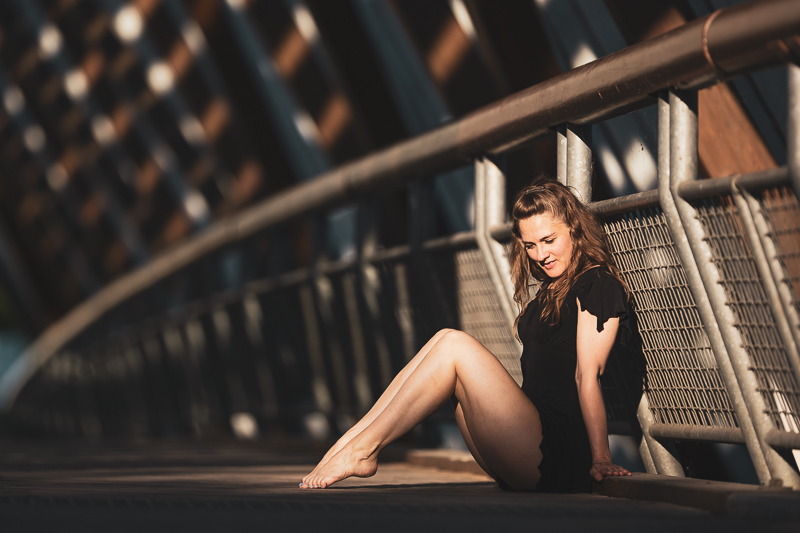Introduction

Zenith is mostly famous for still producing decade old designs like the Helios 2/58 and some Kickstarter lenses like the Petzval. But this Zenitar 50mm 0.95 E is a completely new design with staggering specs. But how does it stack up to the Zhong Yi Mitakon 50mm 0.95?
This was supposed to be a full scale review, but unfortunately this lens is so inherently flawed that I decided writing one would be a waste of time, read on to find out why.
Samples


















